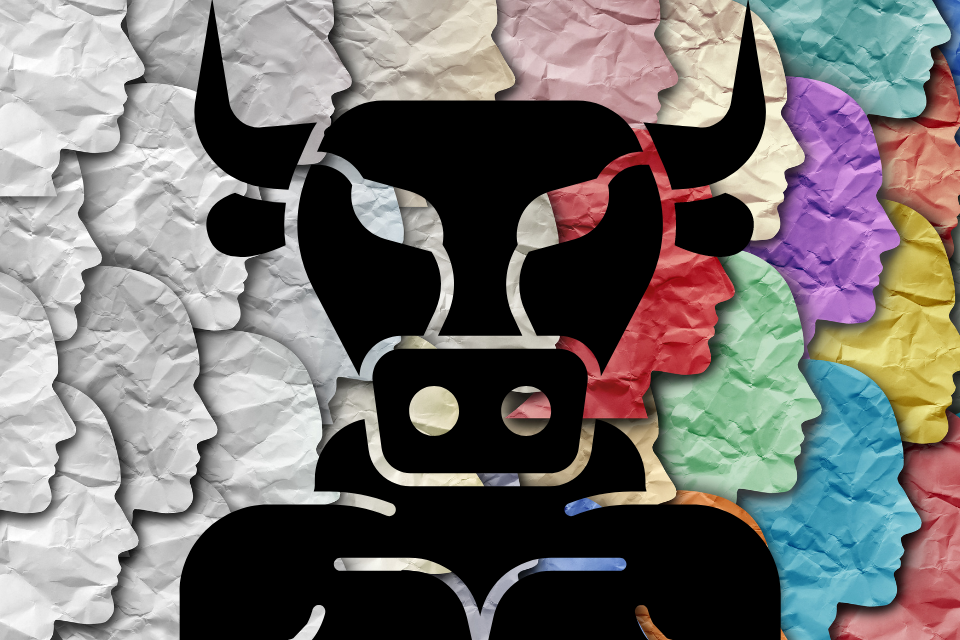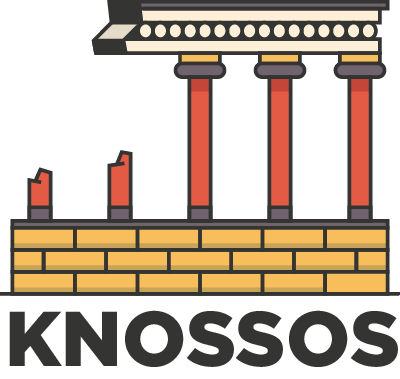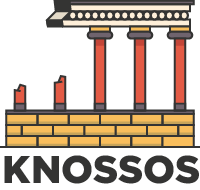
The Significance of the Minotaur in Modern Sociology and Contemporary Literature
Table of Contents
Throughout history, myths have been used to explain the unexplainable. One of the most fascinating myths is that of the Minotaur. This ancient Greek myth tells the story of a half-man, half-bull creature that lived in a labyrinth. The legend of the Minotaur has been used by modern sociology and contemporary literature to explore the idea of boundaries and constructs. In this blog post, we will explore the significance of the Minotaur in modern sociology and contemporary literature.

Weber’s Interpretation of the Minotaur
One prominent sociologist, Max Weber, used the metaphor of the Minotaur to explain the concept of value-free science. Weber argued that value-free science is like the Minotaur, as it is difficult to control and can become destructive if we let it roam freely. The Minotaur represents the uncontrollable forces that can turn destructive when not tempered by human morality and ethics.
Contemporary Literature’s Analysis of the Minotaur
Contemporary literature has also explored the significance of the Minotaur. In the book “Gene” by S. Pavlou, the Minotaur is analyzed using typology analysis. The book suggests that the Minotaur is a metaphor for the struggle between order and chaos in the human mind. Another book, “Piranesi” by Susanna Clarke, explores the concept of boundaries and constructs in the first decades of the 21st century. The book suggests that the Minotaur represents the forces that keep us confined in our own thoughts and beliefs.
Connection between Minotaur Concepts and Social Theorists’ Suspect Theses
Some social theorists, such as Jürgen Habermas and Anthony Giddens, have used the concept of the Minotaur to explain the homogeneity that exists across social domains. Habermas suggests that the everyday is “taken-for-granted” and “living history,” while Giddens argues that Minotaur-like concepts of “form” and “substance” create boundaries. These concepts give life to the Minotaur of the everyday, which keeps us confined to our beliefs and ways of thinking.
Dissolving the Minotaur of the Everyday
To dissolve the Minotaur of the everyday, we need to encourage heterogeneity. We need to diversify our thoughts and beliefs, and we need to encourage innovation and creativity in order to break away from the constraints that the Minotaur places on us. We need to be brave and challenge the status quo in order to create a more open-minded society.
The Minotaur is a complex and powerful symbol that often represents the inner fight between conflicting parts of one’s personality. The half-man, half-bull creature is an apt metaphor for the struggle between our animalistic nature and our rational or human side. The Minotaur’s duality speaks to the psychological concept of ambivalence – the simultaneous feeling of opposing emotions – and has been used in modern sociology and contemporary literature to explore the ideas of boundaries, constructs, and homogeneity. By understanding the significance of the Minotaur we can gain insight into ourselves and our societies.
The Minotaur legend has been used by modern sociology and contemporary literature to explore the concept of boundaries and constructs. Weber used the metaphor of the Minotaur to explain the concept of value-free science, while contemporary literature has analyzed the Minotaur using typology analysis and explored the concept of boundaries and constructs. Social theorists have also used the Minotaur concepts to explain the homogeneity that exists across social domains. To dissolve the Minotaur of the everyday, we need to encourage heterogeneity and diversify our thoughts and beliefs. The Minotaur represents the forces that keep us confined, and by breaking free from these constraints, we can achieve true creativity and innovation.




